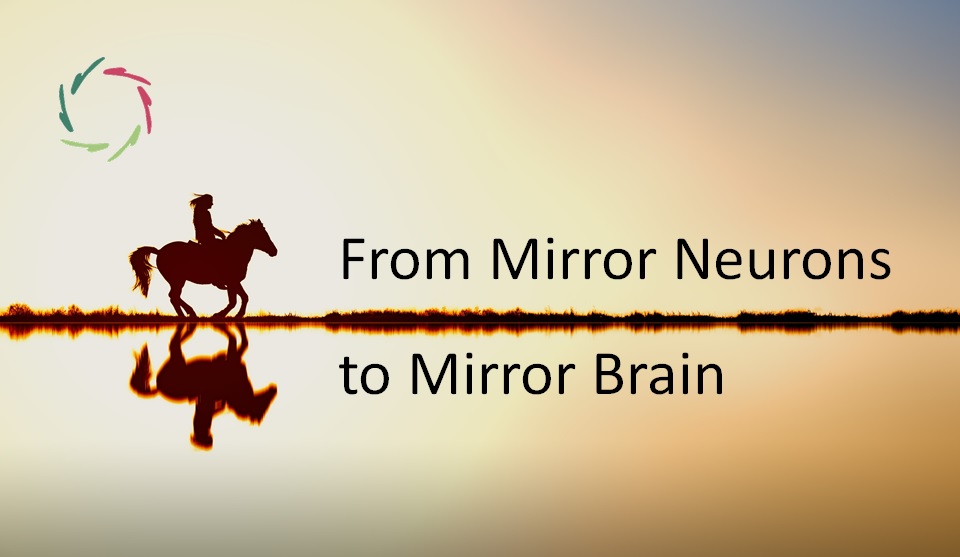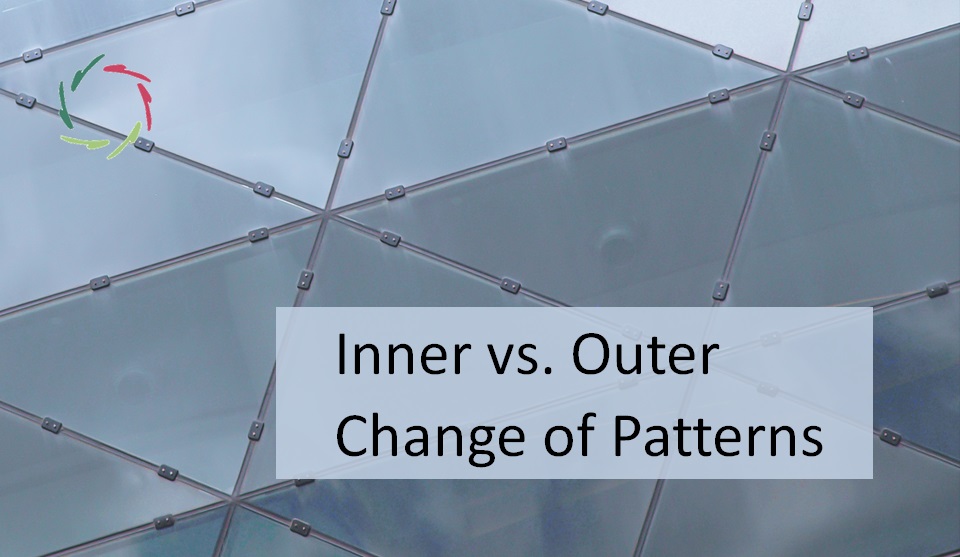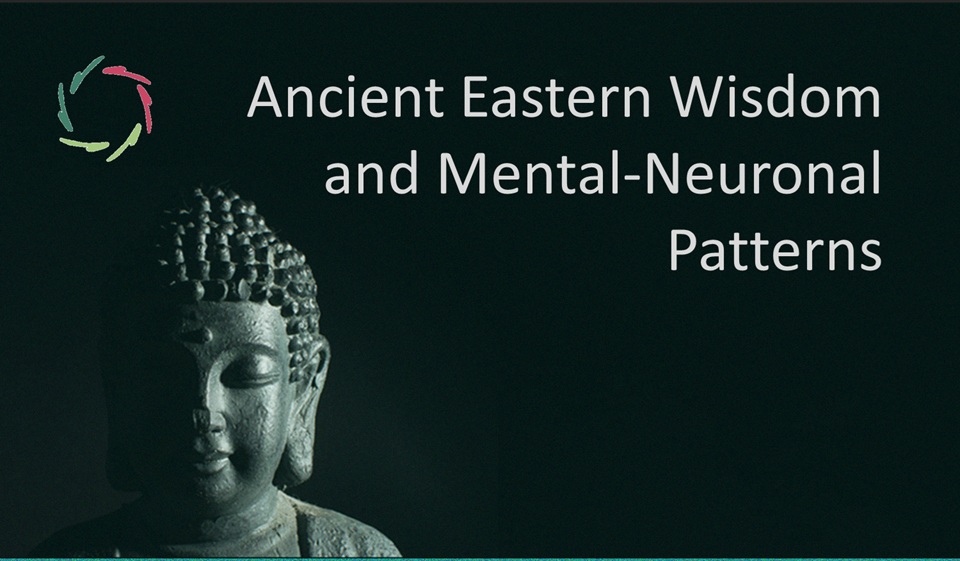Public-Speaking Neuronal Patterns

The human brain contains +/- 100 billion neurons. There are 10.000.000.000.000.000 pulses between them per second, forming patterns of all sorts… a universe inside. The power of this is the main power of thinking… and speaking.
[See: ‘About ‘Subconceptual’]
Nonconscious to conscious
At any moment, all mental patterns originate nonconsciously. Few of these get to consciousness. They are like winners who inhibit others. Still, the latter do influence mental processing in a myriad of ways.
It’s scientifically certain that consciousness does not reside in one particular part of the brain apart from non-conscious processing. Even more, the same neurons work together towards both. Functionally, this means that consciousness can be seen as a characteristic of one kind of nonconscious processing…
There goes the general notion of ‘free will’? Not altogether. [see: ‘In Defense of Free Will’].
The speaker” knows what he’s doing”.
At least, that’s the idea. Even at the verbal level, much happens nonconsciously:
- For a starters: respiration, tongue and lip movements, saliva flow, vocal cords vibration patterns, etc.
- At a level above that: speech inflections, short pauses between phrases, velocity of speech, etc.
- Still a level higher: exact wordings, associations on the fly, accompanying smiles and laughter, etc.
- One higher (still mainly nonconsciously): motivations why one may want to speak, empathy with the public, etc.
All while the public is watching.
Thus, also your being spontaneous will be seen by the public. No problem. Even if ‘spontaneous’ is ‘with some apprehension’, that’s OK. Showing yourself is your gateway towards a good public speech.
You may not know how little you are in control of all the communication you send to your public, or you may not care… Or you may try to make the best of it. Even so, you cannot ever consciously control it all.
At the same time, you owe to your public a professional and repeatable performance
This subsumes control, not chaos. So, one way or the other, there needs to be non-conscious control.
This is what makes professional public speaking such a challenge: the quality being dependent on your non-conscious processing. This also points to the importance of good-quality coaching. Only a good coach can guide you in what you yourself by definition cannot consciously control. You have to ‘let go’.
YOU are your brand. Maybe ‘integrity’ is a better word than ‘authenticity’? Your style = yourself = integrity = as one whole. This is what you – in view of your own complexity – cannot consciously control.
This is why great speakers speak from their heart = as musicians, bringing poetry.
This is why they have a universal ‘inner theme’. Really great speakers ‘celebrate their own being’. Thus they always try to ‘be’ the best they can.
The point is to always be who you are in your subconceptual processing.
This is where deeper meaning resides. This is also always related to the main message of the speaker. Without deeper meaning, the talk is pointless. The information can then better be distributed through a leaflet.
‘Deep-to-deep communication’ can be brought for instance using a good metaphor
E.g. “Rationality and poetry are like two wings without which no bird can fly.”
Rationality = conceptual ; Poetry = subconceptual.
Public-speaking should always be a synthesis of both.


